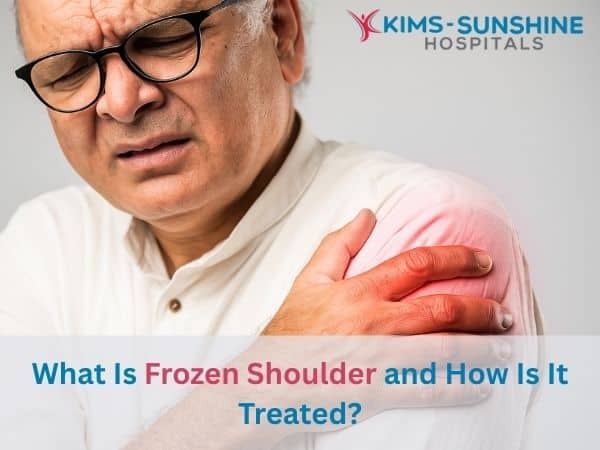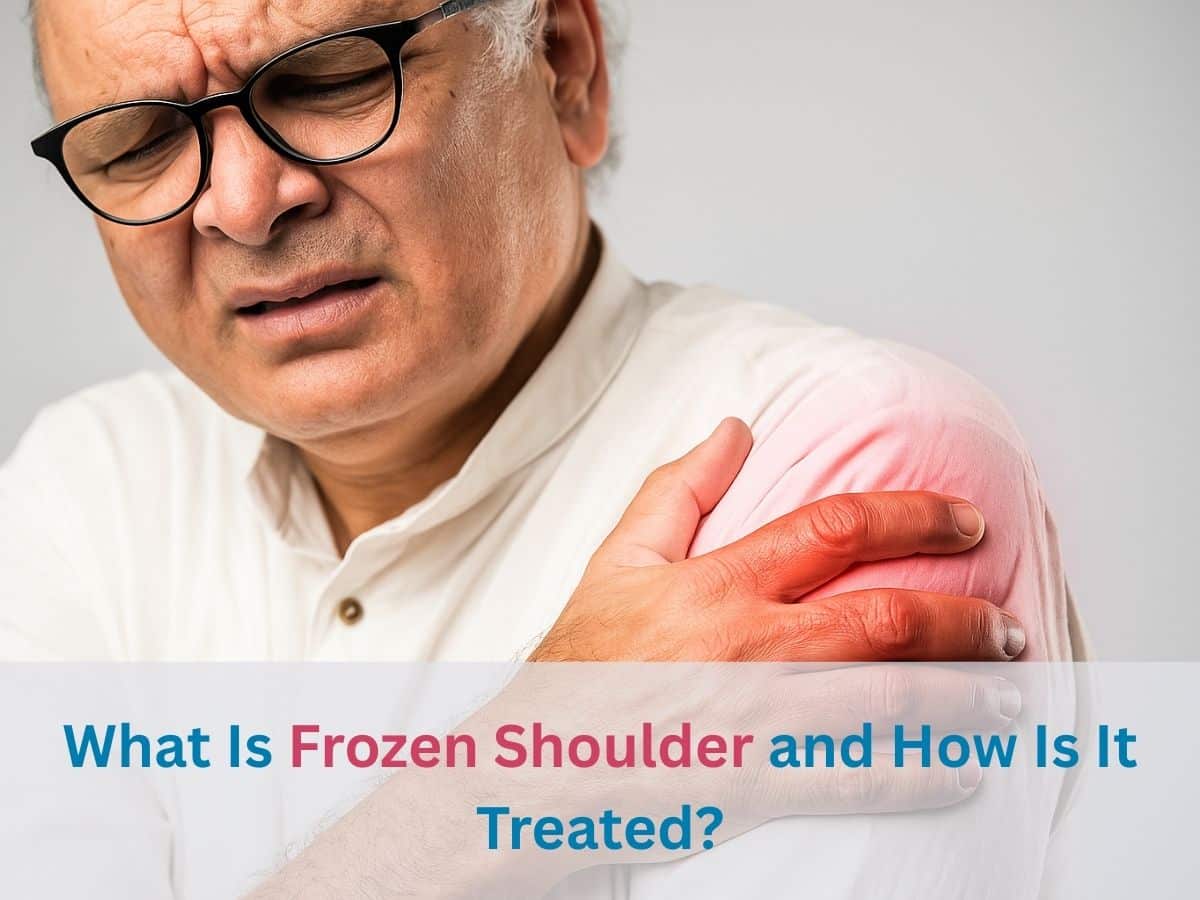
What Is A Frozen Shoulder and How Is It Treated?
What Is A Frozen Shoulder?
There are few things as frustrating as realising that the shoulder you once used so freely to wave at a friend or pick up your child now refuses to cooperate, turning everyday gestures into awkward manoeuvres and this isn’t just regular shoulder pain or stiffness from overuse; this is something called a frozen shoulder- a condition that tightens your joint from the inside like someone’s drawn a drawstring bag around your shoulder.
Frozen shoulder, or adhesive capsulitis as doctors call it, is what happens when the protective capsule that surrounds your shoulder joint becomes inflamed, thickened, and stiffens, causing the space within to shrink and your movements to gradually fade into discomfort. It eventually morphs into immobility and what starts as a minor twinge while reaching across the car seat or trying to tie your blouse at the back, can quietly evolve into full-blown rigidity that doesn’t improve with rest.
Phases Of Frozen Shoulder
The first act is the freezing phase- a misleading term because it doesn’t happen overnight, but it begins with pain usually around the outer shoulder or upper arm and it creeps in making you avoid movements. Over time, the shoulder’s range becomes so limited that even lifting a tiffin box or brushing your hair feels like a task meant for someone else.
The second act is the frozen phase, where ironically the pain might reduce, but stiffness becomes the villain, and here the joint doesn’t just protest- it shuts down completely like a rusted door hinge that refuses to swing open. Many people assume this is the phase of healing but what they’re actually experiencing is their joint retreating into a space of deeper restriction.
Finally the thawing phase begins and like early spring it brings with it slow signs of hope. Mobility returns in bits and pieces sometimes without warning but it is inconsistent and often frustratingly slow and it’s important to note that each of these stages can last anywhere from a few weeks to several months and sometimes even over a year if left unchecked. This is why early diagnosis and timely intervention from a professional like the Best Orthopedic Doctor in Gachibowli can genuinely change the course of your recovery.
Treatment Options For Frozen Shoulder
Pain management does play an important role in the early stages, so simple analgesics or anti-inflammatory tablets can help reduce inflammation and ease you into movement. Applying warm compresses or cold packs, depending on what your body responds to best, can provide momentary comfort, especially at night when the pain tends to flare up.
But if there’s one thing that stands between stiffness and recovery, it is physiotherapy done with the right intensity, consistency, and technique and under the guidance of a trained professional who knows exactly when to push and when to pause. This is because exercises tailored for your stage of frozen shoulder are what will retrain the capsule to stretch and soften gradually.
Surgery is rarely needed and usually reserved for cases that don’t respond to months of therapy and medication. However,if and when that day does come, you’ll want the expertise of someone like the Best Arthroscopic Surgeon in Hyderabad, who can perform a minimally invasive procedure to release the capsule and improve movement without damaging surrounding tissues.
How To Prevent Frozen Shoulder
If a frozen shoulder has taught us anything, it’s this: movement isn’t just medicine, it’s prevention, and the moment you stop using a joint, the body quietly begins tightening it in protection (ever heard of use it or lose it? That’s what it is!) and that’s exactly what happens after a surgery, fracture, or even illness when the arm is kept inactive for too long.
So the best way to prevent a frozen shoulder is to keep the shoulder joint active with gentle range-of-motion exercises, especially if you’ve recently had surgery or are recovering from an injury. Even if you’re working with the Best Knee Replacement Doctor in Hyderabad, you mustn’t forget to keep the upper body engaged during recovery.







